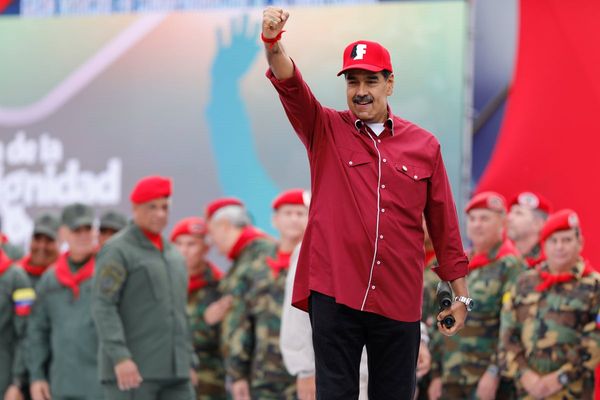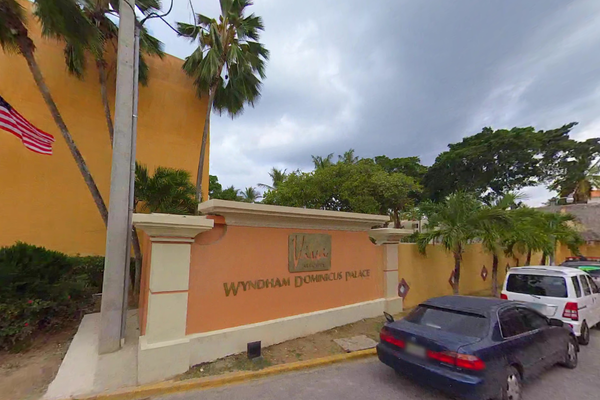
Saturday’s Victorian state by-elections added meat to the bones of already popular narratives about trouble for Labor in Victoria and an increasingly challenging environment for the Greens.
Both parties suffered a blow at the hands of the Liberals — the Greens losing Prahran, which straddles the fault line between the green-left inner-city and blue-turned-teal former Liberal heartland of Toorak, and Labor teetering on the brink in Werribee, a formerly secure seat encompassing both established and freshly developed suburbs in Melbourne’s outer west.
The Greens’ loss of one of its four Victorian lower house seats is a further blow to a party that went into October’s Queensland election hoping to increase its representation from two to six, but came out holding only one.
Critics argue that both results are symptomatic of a party losing its way through obstructionism on housing policy and an excessive emphasis on Gaza.
While a two-party swing of 14% leaves plenty of space for such hypotheses, the Greens’ post-match excuse-making should not be dismissed out of hand, for there were indeed contingent factors working against the party that will not apply at the imminent federal election.
When Sam Hibbins scored a 12.3% margin over the Liberals in 2022, he did so with an 83% preference flow from a third-placed Labor candidate who scored 26.6%.
This time Labor sat the contest out, as the major parties usually do these days in by-elections they don’t think they can win.
The seat’s last Labor member, Tony Lupton, helpfully offered himself to homeless Labor voters as an independent — with the endorsement of popular former premier Steve Bracks — and put the “toxic” Greens last on his how-to-vote card.
If the 12.8% who voted for Lupton had allocated their preferences as Labor voters typically do, the Greens would have won quite comfortably. Instead, well over half appear to have gone to the Liberals.
Another likely impact of Labor’s forfeit was that some of its Greens-preferencing supporters simply stayed at home, contributing to a turnout that will barely clear 70%, compared to 82.7% in 2022.
Low turnout at by-elections also seems to hurt the Greens in other ways, a notable precedent being the party’s unexpected failure when only 68.6% showed up for the Melbourne state by-election in 2012. The party’s current state leader, Ellen Sandell, won the seat at the next state election and has held it ever since.
Meanwhile, at the other end of town, Labor ended the night with a 441-vote lead over the Liberals in Werribee, a seat it won by 10.5% in 2022.
This will likely be enough to hold out against the Liberals’ customary advantage on postal votes, but only just.
While a 10% swing is no-one’s idea of a good result, nor is it necessarily a death sentence for a government that won the two-party vote by 55-45 at the previous election.
Indeed, Labor can take at least some comfort in having outperformed a recent nightmare poll result from Resolve Strategic.
Not too much comfort though, for the devil here is in Labor’s primary vote, almost half of which has evaporated in Werribee over the past decade — Saturday’s contribution being a slump from 45.4% to 28.7%.
In this, the result reflects a seemingly ongoing slide in Melbourne’s migrant-heavy west and north that slashed margins in safe Labor seats at both federal and state levels in 2022, and which may have parallels in the turn against the Democrats among minority communities in the United States.
Notably though, the Liberal primary vote on Saturday was exactly where it was in 2014, with voters instead availing themselves of the myriad minor party and independent options that have lately emerged in Victoria.
In this respect, Werribee is a sign of times that have yielded the teal independents, Dai Le’s win in Fowler and new groups like the Muslim Vote movement — all pointers to a future in which hung parliaments, and perhaps even novel new forms of coalition government, become the normal fare of Australian politics.
Have something to say about this article? Write to us at letters@crikey.com.au. Please include your full name to be considered for publication in Crikey’s Your Say. We reserve the right to edit for length and clarity.









